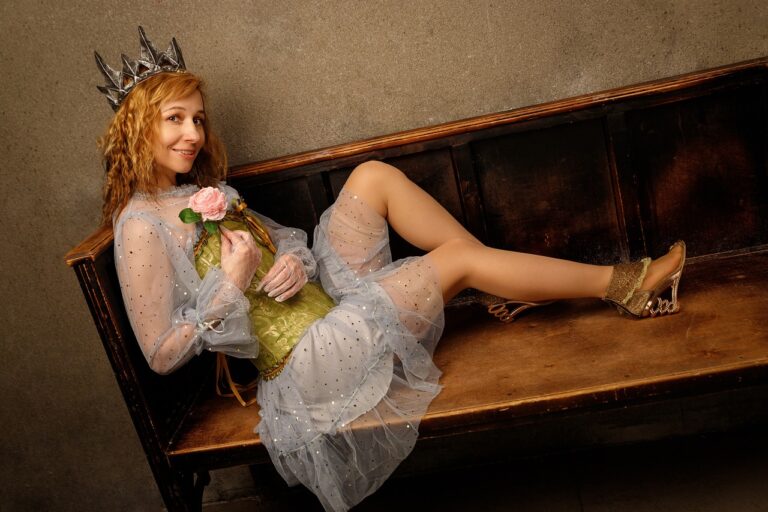Fashion and Storytelling: How Garments Communicate Narratives
Clothing has long been recognized as a powerful tool for individuals to express their identities. The garments we choose to wear can serve as visual cues that communicate information about our personality, social status, and cultural affiliations. Whether intentionally or subconsciously, the clothes we put on each day play a significant role in shaping how we are perceived by others.
From the vibrant hues of traditional ethnic attire to the sleek lines of modern minimalist fashion, our clothing choices can reflect our heritage, beliefs, and aspirations. Fashion can be a form of self-expression, allowing us to showcase our individuality and creativity through the garments we select. In a world where first impressions are often made based on appearance, the clothes we wear can act as a shorthand for our personal narrative, visually telling the world a story about who we are.
The Evolution of Fashion Trends
Fashion trends have always been in a state of constant flux, adapting to the societal changes and technological advancements of each era. From the elaborate garments of the Victorian era to the bold and vibrant colors of the 1980s, fashion has been a means of self-expression and cultural reflection.
As time progresses, we see a shift in clothing styles that often mirror the dominant values and beliefs of a particular period. The modest and structured silhouettes of the 1950s reflected the conservative post-war era, while the bohemian and free-spirited fashion of the 1970s symbolized a desire for liberation and individualism.
Cultural Significance of Clothing Choices
Clothing choices hold a deep cultural significance, reflecting the traditions, beliefs, and values of a particular society. The colors, textures, and styles we choose to adorn ourselves with often communicate messages about our identity and affiliations. In many cultures, specific garments are worn during significant ceremonies or rites of passage, serving as powerful symbols of heritage and communal belonging.
Furthermore, clothing choices can also be a form of self-expression and a way to assert individuality within societal norms. In some cases, particular types of clothing are deliberately chosen to challenge existing norms or to make a statement about personal beliefs or ideologies. The act of selecting and wearing clothing is not merely a utilitarian one but can be a deliberate and meaningful process that speaks volumes about who we are and what we stand for.
How do garments serve as symbols of identity?
Garments can denote social status, cultural heritage, personal beliefs, and group affiliations, allowing individuals to express their identity through their clothing choices.
How have fashion trends evolved over time?
Fashion trends have evolved based on cultural shifts, technological advancements, historical events, and societal influences, reflecting the changing tastes and values of different time periods.
What is the cultural significance of clothing choices?
Clothing choices can communicate a person’s cultural background, values, traditions, and beliefs, serving as a form of visual language that conveys important cultural messages to others.







